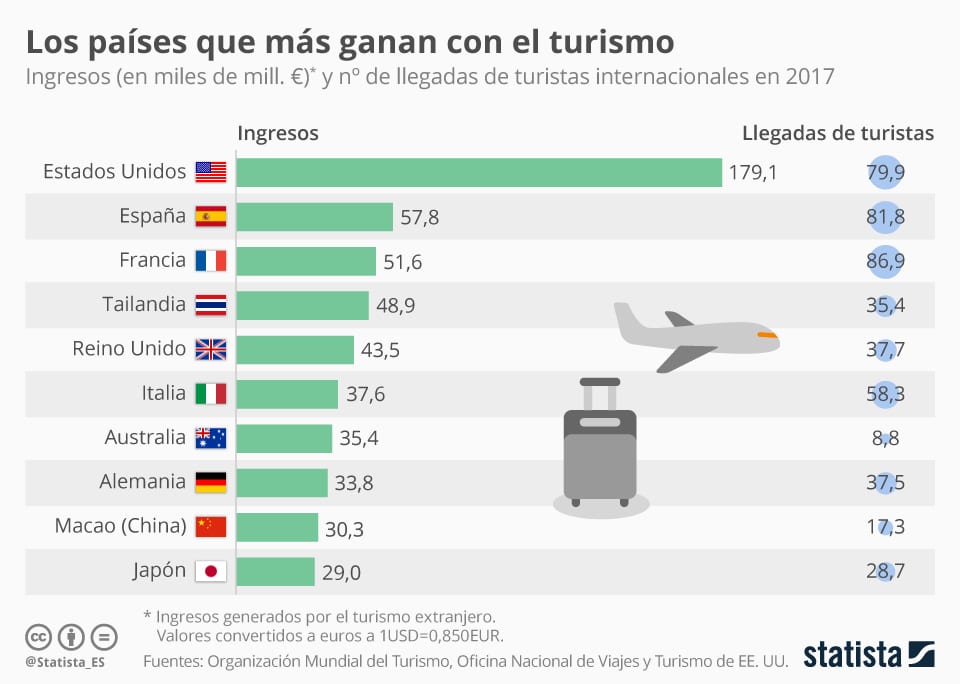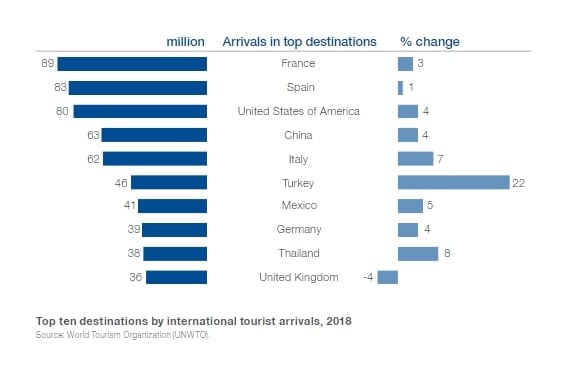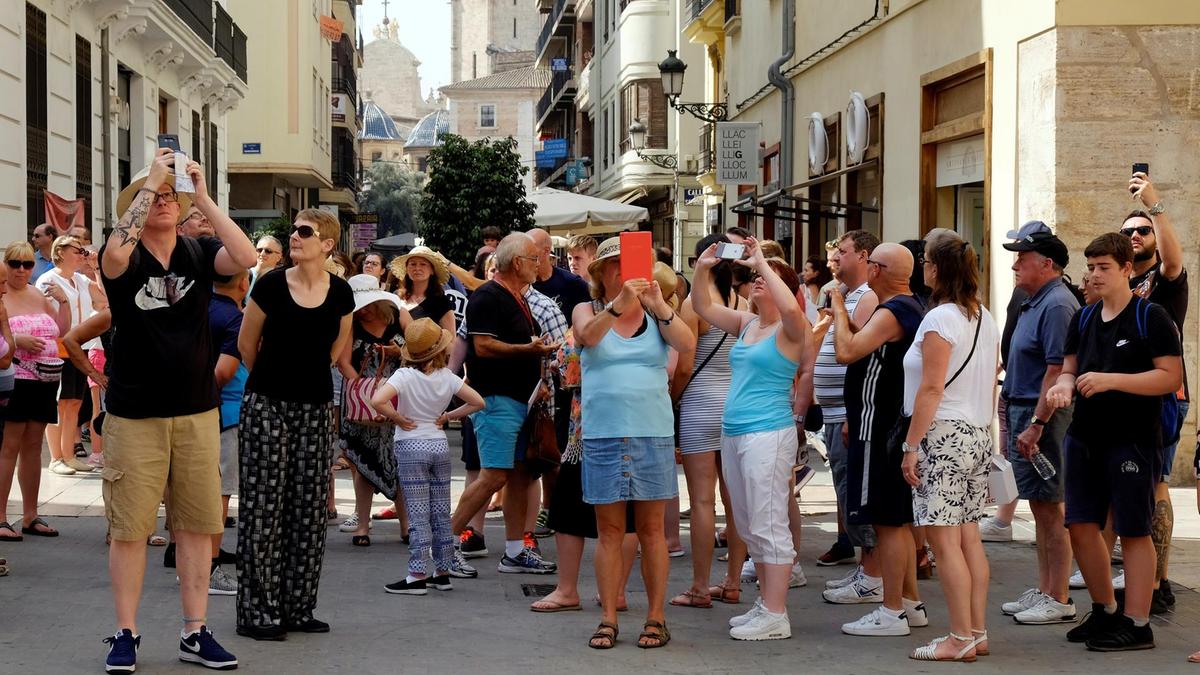SPAIN’S excellent tourist credentials will be celebrated on World Tourism Day on September 27, which has been going since 1979.
The day was set up by the World Tourism Organisation (WTO) to commemorate the approval of its founding principles.
READ MORE:
- Marbella struggling to come up with tourism strategy in face of Brexit uncertainty
- Whether we like it or not, tourism to Spain boosts the economy and sways the property market, writes Amanda Butler
- Benidorm Town Hall requests Spanish government outlaw ‘shell game’ after Brit tourist battered in head for warning elderly passersby
Across the globe, Spain is the second most visited country after France, and is ahead of China, while it also overtook the US this year.
The country has been Brits’ favourite holiday destination since the seventies.

And it seems like the rest of the world now agrees.
Over 80 million tourists set foot on Spanish soil, almost the same number of people as who live in Germany.
And whilst Brits make up a fair share of these holidaymakers – comprising 60% of visitors to the Costa del Sol during winter, alongside Spaniards – other nationalities are now vying for Spain’s sunlight and sun loungers.
Visitors from the US have increased by almost a million in just three years, whilst the number of Greeks coming to the Costa del Sol last winter almost tripled.

And surprisingly, they’re not just visiting for the sun, sea and sangria.
Some are ditching the beach and moving inland to explore the cultural riches Spain has to offer. The Moorish interiors of Granada’s Alhambra palace attracted 3.5 million visitors last year, making it the eighth most visited monument in the world.
The WTO has said many visitors are now choosing Spain for its sports and gastronomic offerings, particularly in the Basque region.
“That’s good for diversifying the economy, easing pressures and making it [tourism] a year-round thing,” a spokesperson from the agency, told The Olive Press.
Whilst an increasing number of tourists are seeking out less well-trodden regions of Spain for their next holiday, the people taking a stroll in the resort of San Luis de Sabinillas on Thursday had come for one thing only: the sun.
“I’m here for the sun, the sea and the sangria,” pensioner Eileen Farrell, visiting from Ireland, told the Olive Press.

Her friend, Lisa Mcguinness, 52, added: “To get away from work. And for the sun.”
The statistics don’t dispute this sentiment. A whopping 13 million people are expected to visit the Costa del Sol in 2019, three million more people than live in the whole of Portugal.
And it’s not just foreign visitors that Spain is increasingly popular with.
More than a third of bookings in Spain on Airbnb over the summer were made by people who also live in Spain.
The number of Spanish travellers booking accommodation in Spain on the rental platform in summer was three times greater than the number of holidaymakers arriving from the UK.

Airbnb’s marketing manager for Spain, Arnaldo Munoz, said that the trend for holidaying local was driven by Spaniards’ concern for the environment.
“Carbon footprint is a concern that is increasingly present when travelling,” he said. “Spanish families are increasingly attracted to local tourism.”
Spain now pockets €6 million more a year from its beaches, tapas and Moorish palaces than France does from the alps, moules frites and the Notre-Dame, even though the latter attracts more tourists.
Mallorca’s Palma remains Spain’s most visited city, with 8.79 million people landing on the Balearic island to explore its beaches and gothic streets each year.
So as September draws to a close, whether you are sailing around the Balearics, sunning it on the Costa del Sol or exploring Madrid, raise a glass to Spain and its visitors!
Click here to read more Spain News from The Olive Press.








